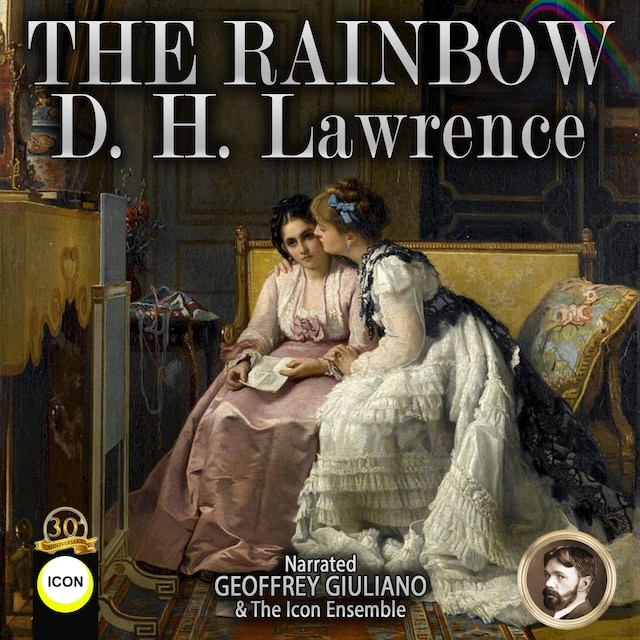
The Rainbow: D. H. Lawrence
Opis książki
David Herbert Lawrence was born on September 11, 1885. He was an English writer and poet. His collected works represent, among other things, an extended reflection upon the dehumanizing effects of modernity and industrialization. Lawrence's writing explores issues such as sexuality, emotional health, vitality, spontaneity, and instinct. His novels include Sons and Lovers, The Rainbow, Women in Love, and Lady Chatterley's Lover.
Lawrence's opinions earned him many enemies, and he endured official persecution, censorship, and misrepresentation of his creative work throughout the second half of his life, much of which he spent in a voluntary exile he called his "savage pilgrimage".At the time of his death, his public reputation was that of a pornographer who had wasted his considerable talents. E. M. Forster, in an obituary notice, challenged this widely held view, describing him as "the greatest imaginative novelist of our generation." Later, the literary critic F. R. Leavis championed both his artistic integrity and his moral seriousness.
The Rainbow tells the story of three generations of the Brangwen family, a dynasty of farmers and craftsmen who live in the East Midlands of England, on the borders of Nottinghamshire and Derbyshire. The book spans a period of roughly 65 years from the 1840s to 1905 and shows how the love relationships of the Brangwens change against the backdrop of the increasing industrialization of Britain. The first central character, Tom Brangwen, is a farmer whose experience of the world does not stretch beyond these two counties; while the last, Ursula, his granddaughter, studies at university and becomes a teacher in the progressively urbanized, capitalist, and industrial world.


